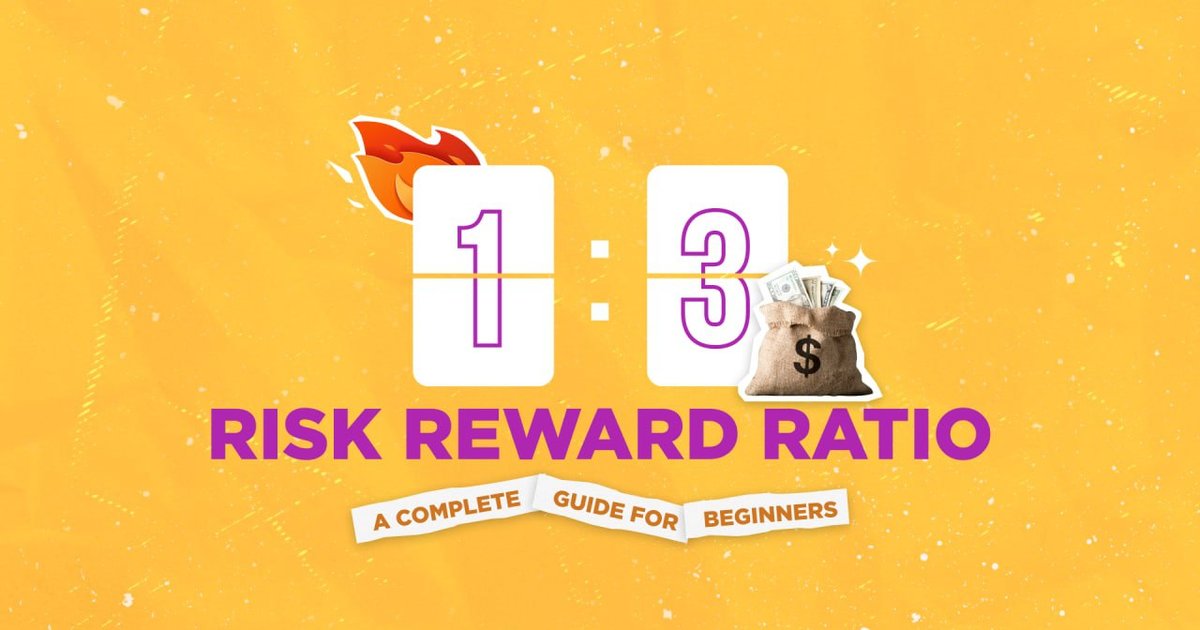🔹 What is Forex Trading & How Does It Work?
Forex trading, also known as foreign exchange trading or FX trading, is the process of buying and selling currencies to make a profit. It is the largest financial market in the world, with a daily trading volume exceeding $7 trillion.
In forex trading, currencies are traded in pairs (e.g., EUR/USD, GBP/USD, USD/JPY), meaning you are buying one currency while simultaneously selling another.
🔥 How Forex Trading Works
1️⃣ Understanding Currency Pairs
Currencies are traded in pairs, where:
- The first currency (e.g., EUR in EUR/USD) is the base currency.
- The second currency (e.g., USD in EUR/USD) is the quote currency.
For example, if EUR/USD = 1.10, it means 1 Euro = 1.10 USD.
2️⃣ Forex Market Participants
The forex market includes:
✅ Retail traders (individuals like you)
✅ Banks & financial institutions
✅ Hedge funds & investment firms
✅ Governments & central banks
3️⃣ Types of Forex Markets
- Spot Market: Immediate currency exchange.
- Forward Market: Contracts for future exchange at a set price.
- Futures Market: Standardized contracts traded on exchanges.
4️⃣ Trading Sessions & Time Zones
Forex operates 24/5 across four major trading sessions:
- Sydney (10 PM – 7 AM GMT)
- Tokyo (12 AM – 9 AM GMT)
- London (8 AM – 5 PM GMT)
- New York (1 PM – 10 PM GMT)
💡 Best time to trade? The London & New York overlap (1 PM – 5 PM GMT) sees the highest volatility.
📊 Key Forex Trading Concepts
🔹 1. Leverage & Margin
- Leverage allows you to control a large position with a small deposit.
- Example: 1:100 leverage means a $100 deposit controls $10,000 in trades.
- Warning: High leverage can increase both profits and losses.
🔹 2. Pips & Spreads
- Pip (Percentage in Point) measures price movement.
- Example: If EUR/USD moves from 1.1000 to 1.1010, it gained 10 pips.
- Spread is the difference between the buy (ask) and sell (bid) price.
🔹 3. Buy (Long) vs. Sell (Short)
- Going long (buy): You expect the base currency to rise.
- Going short (sell): You expect the base currency to fall.
🔹 4. Order Types
- Market Order – Instant buy/sell at the current price.
- Limit Order – Buy/sell at a specific price.
- Stop-Loss Order – Closes trade to prevent losses.
- Take-Profit Order – Closes trade after reaching a profit target.
💰 How to Start Forex Trading
✅ Step 1: Learn the Basics
Understand key concepts like currency pairs, leverage, and risk management.
✅ Step 2: Choose a Reliable Broker
Select a broker that is:
🔹 Regulated (e.g., FCA, ASIC, CySEC)
🔹 Offers low spreads & commissions
🔹 Has a user-friendly trading platform
✅ Step 3: Open a Demo Account
Practice risk-free trading with virtual money before using real funds.
✅ Step 4: Develop a Trading Strategy
Some common strategies include:
🔹 Scalping (quick small trades)
🔹 Day Trading (short-term trades within a day)
🔹 Swing Trading (holding trades for days or weeks)
✅ Step 5: Start Trading Live
Once confident, deposit funds and start trading small.
✅ Step 6: Manage Risk
- Use stop-loss and take-profit levels.
- Risk only 1-2% of your capital per trade.
🚀 Pros & Cons of Forex Trading
✅ Pros:
✔️ 24/5 Market – Trade anytime.
✔️ High Liquidity – Easy to buy & sell.
✔️ Leverage – Control large trades with small capital.
✔️ Low Entry Cost – Start with as little as $100.
❌ Cons:
❌ High Risk – Volatility can cause losses.
❌ Leverage Risks – Can amplify losses.
❌ Emotional Trading – Requires discipline & patience.
📌 Conclusion
Forex trading is an exciting way to profit from global currency movements. However, it requires education, strategy, and risk management to be successful. If you’re a beginner, start with a demo account, learn the basics, and trade responsibly.




